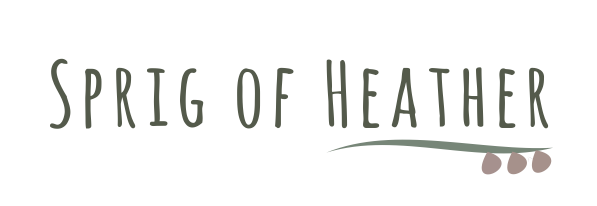An introduction to samplers
I’ve long been fascinated by samplers, ever since I realised that the embroideries on the walls of the little cottages that I loved at the Welsh Folk Museum were using the same stitches that I was painstakingly practicing on large weave aida in school (albeit mine were somewhat larger and more wonky!)
embroidered sampler Sarah Hayward 1834 Image: © Amgueddfa Cymru - National Museum Wales
what is a sampler?
Originally samplers were used as a kind of aide-memoire for learning and remembering stitches and techniques. For needleworkers, stitching a few rows of a new pattern or stitch that they’d seen was a quick way of remembering them for use in their own work. They could also be used to show off an embroider's skill. Over time, they started to be set as pieces for girls to work in school, as a way of teaching them the various stitches that they would need in their domestic lives. Samplers started to include more educational elements, such as alphabets and numerals or maps and this is often the type that we think of when we use the word.
from aide-memoire to artwork
By the early 1700s it was becoming more common for samplers to be worked in designs that could be displayed as pictures. Probably what we think of, certainly in Anglo-saxon countries, as a ‘traditional’ sampler is that from the mid-late Victorian era, often including moral or Biblical verses or hymns. The samplers that I'd so admired as a child (and still do) at the Welsh Folk Museum are mostly of this type. What attracted me, though, apart from my fascination with the tiny stitches, was the personal elements. Names, ages, towns or villages, all came alive as I imagined little girls of so long ago patiently stitching the complicated designs.
Ⓒ Heather Eason, made as a family gift in 1994
around the world
Although here in the UK we tend to think of British and North American styles when we picture a sampler, it's clear that embroidery samplers in some shape or form exist in many countries. London's Victoria & Albert Museum has fascinating examples of embroidery samplers from Egypt, Turkey, Mexico, as well as many other European examples.
Egyptian sampler 14th - 16th century
Egyptian Sampler 14th- 16th century © Victoria and Albert Museum, London
Of course, I have a particular fascination with French samplers. Although our word 'sampler' came into English via the French 'essemplaire', samplers in French are usually referred to as un marquoir (unmarquette , or sometimes an un abécédaire for an alphabet sampler). I particularly love antique red alphabet samplers. Although these are not unique to French-speaking countries, both France and Belgium have many lovely historic examples.
Marquoir français 1838
© Musée national de l'Éducation - Zélina Malo 1838
samplers bilingually…
When I’m translating information about embroidery, including samplers, some of the key terms I need relate to the individual stitches. Here are a few to start you off!
le point de marque (now usually called le point de croix) - cross stitch
le point compté - (counted) cross stitch
le point de piqûre, le point arrière - back stitch
le point de chaînette - chain stitch
le point avant - running stitch, straight stitch
le point de tige - stem stitch
le point de plume - fly stitch
le point d’épine - feather stitch
le point de noeud - French knot
FIND OUT more
READ: Embroidery – a history of needlework samplers - a much more in-depth article on the topic from London’s Victoria and Albert Museum
WATCH: RSN Sampler Class 2020 2021 Exhibition - some of the stunning samplers stitched by students of the Royal School of Needlework’s online course.




